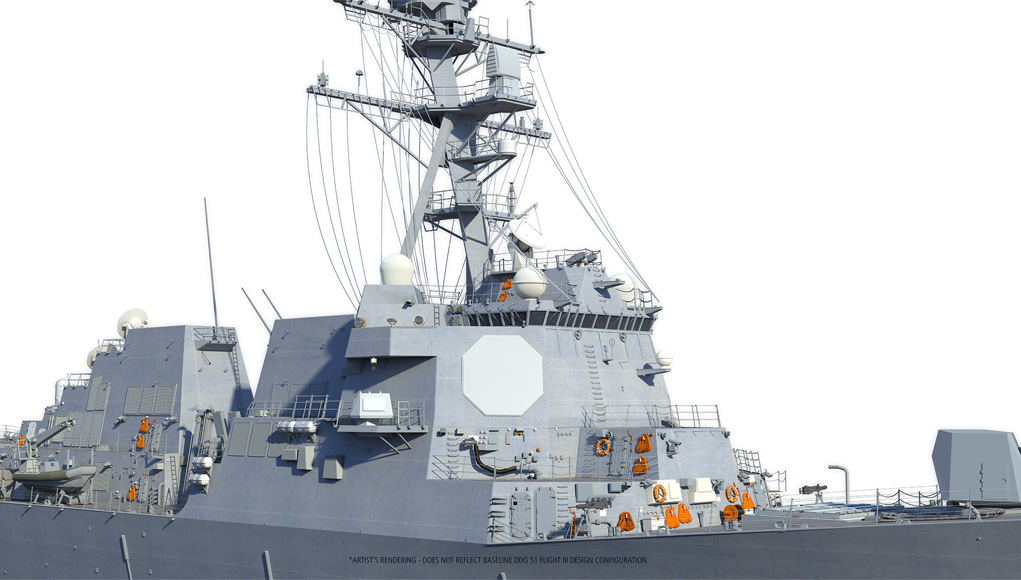
The Navy wants to buy guided-missile destroyers and attack submarines in bulk but has plans to upgrade the designs of both after the purchase, causing some concern among lawmakers that the design changes could hurt the programs’ stable cost and schedule.
As lawmakers debate giving the service multiyear procurement authority for the Arleigh Burke-class DDGs and the Virginia-class SSNs, they face a delay in moving to the destroyer’s Flight III configuration, along with a potential delay in the submarine’s upcoming insertion of the Virginia Payload Module.
On the destroyer side, the Navy intends to begin a 10-ship multiyear procurement contract in 2018 that would build all ships to the Flight III configuration, centered around the addition of the more powerful AN/SPY-6(v) Air and Missile Defense Radar. The Flight III introduction was supposed to have taken place on the last ship bought in 2016, with the two ships in 2017 also including Flight III.
In a hearing today with the Senate Armed Services seapower subcommittee, acting Navy acquisition chief Allison Stiller said “we have a handshake agreement with Huntington Ingalls Industries to introduce the Flight III capability on their FY ‘17 ship, the last of this current multiyear,” but the service isn’t as far along with the second DDG builder, General Dynamics Bath Iron Works.
“We recently received a proposal from Bath Iron Works for their ECP (engineering change proposal) and we’re in negotiations with them. We’ve also received a bid from them on their ‘16 ship as a Flight IIA, and we’re also asking them to also give us an ECP to look at that as a Flight III.”
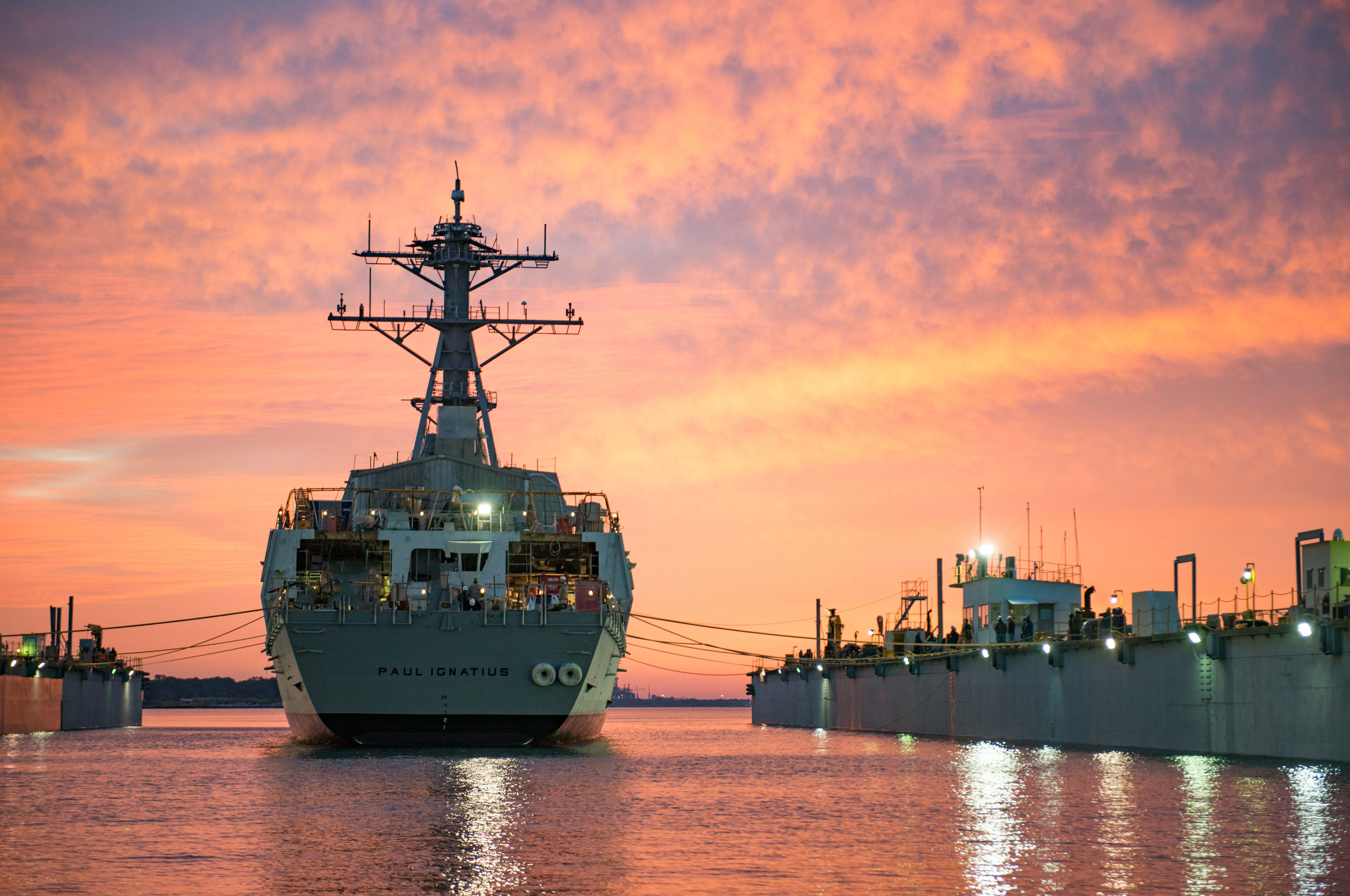
Sen. Angus King (I-ME) asked Stiller during the hearing about the wisdom of allowing the Navy to award contracts for 10 Flight III destroyers before it had successfully built even one or even had assurances from both yards that they were ready to begin working with the new design.
King asked Stiller if the Navy would “consider slowing the multi-year down, maybe six months, in order to start construction on the first Flight III before we buy 10 ships and ask our industrial base to make commitments based on not an unproven design, but a new design, and a substantially changed design—this isn’t minor changes” to insert the AMDR.
Stiller assured him that the Flight III design is about 86-percent complete today and would be 100-percent complete by the time construction started, and she said the move from Flight IIA DDGs to Flight III was about in line with previous capability increases in shipbuilding programs.
“We view that the amount of change in this particular Flight III design, it touched about 45 to 50 percent of the drawings, it’s along the same lines on the Virginia (attack submarines) as well – and, in fact, in the Flight IIA we touched more drawings on Flight IIA than we are on Flight III. But that aside, we were not nearly as complete in the design when we introduced Flight IIA,” and she assured the senator that the Navy had learned its lesson about having more complete designs ahead of starting construction.
Stiller acknowledged King’s concerns about buying 10 ships with a yet-to-be-proven design and said that was why the Navy had wanted to introduce Flight III in 2016, as a way to reduce risk and learn any lessons about building Flight III ships ahead of signing contracts for 10 more. The exchange ended with SASC chairman Sen. Roger Wicker (R-Miss.) advocating continued conversations about the risk involved in the current situation.
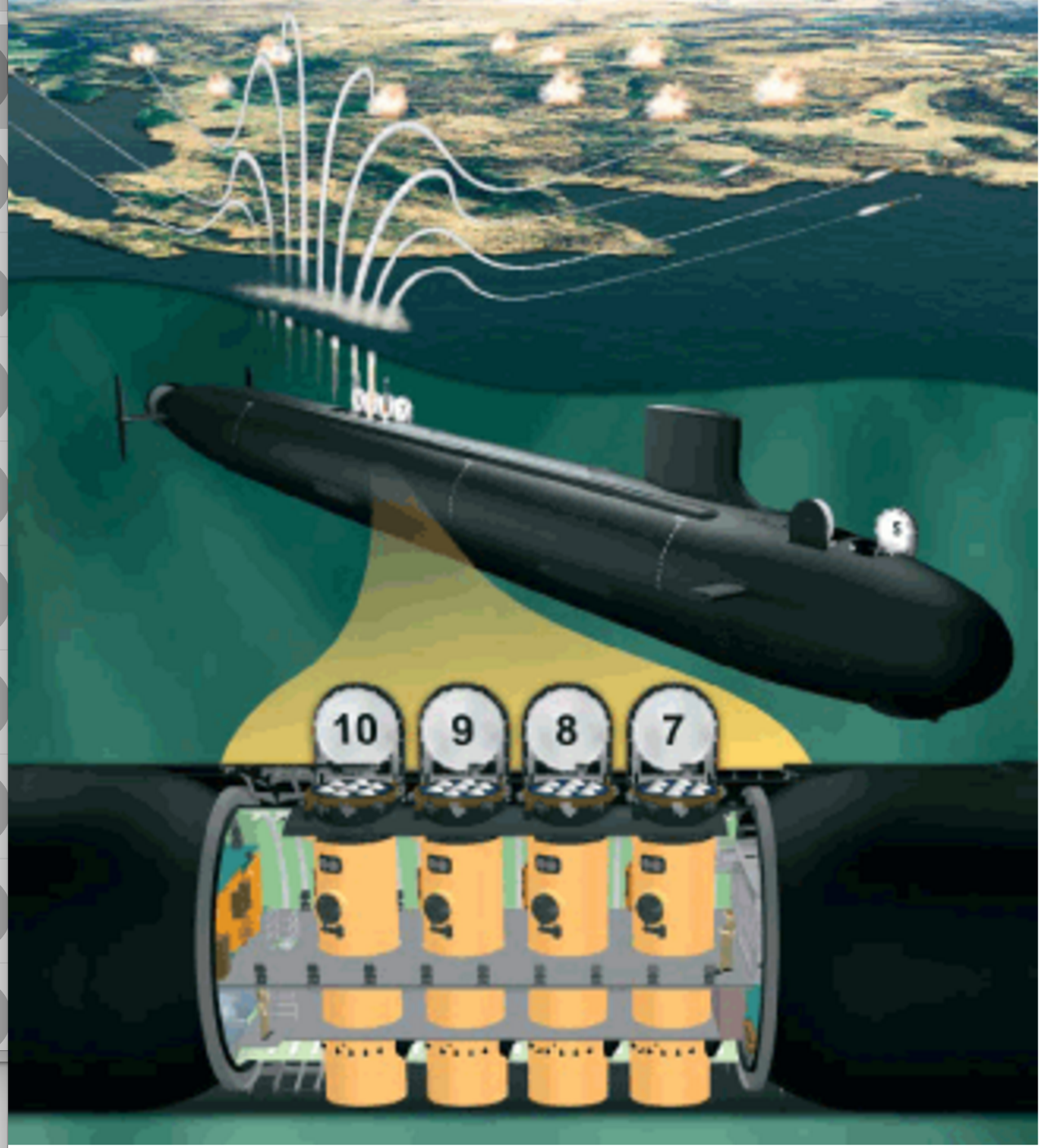
As for submarines, the Navy is set for a new multiyear contract that would begin in 2019 and planned to introduce the Block V design, which adds a Virginia Payload Module section for additional missile tubes, in the second submarine in 2019. The House Armed Services Committee is pushing for an increased submarine build rate in its Fiscal Year 2018 National Defense Authorization Act, which began going through subcommittee markups this week, but a HASC staffer told reporters this week that buying more submarines to meet operational needs may delay the introduction of VPM due to capacity at the two shipyards, General Dynamics Electric Boat and HII’s Ingalls Shipbuilding.
HASC seapower and projection forces subcommittee ranking member Rep. Joe Courtney (D-Conn.) confirmed that the timing may be up in the air if additional submarines are built, telling USNI News today that “it’s possible that in the course of negotiation, if they follow our lead (to build 13 instead of 10 subs) that they may make some tradeoffs or adjustments” to the VPM insertion schedule. Courtney noted that the original Navy plan would have nine of 10 subs within the multiyear contract include VPM, and perhaps a delayed start to VPM could still allow for nine of the then-13 subs to include VPM.
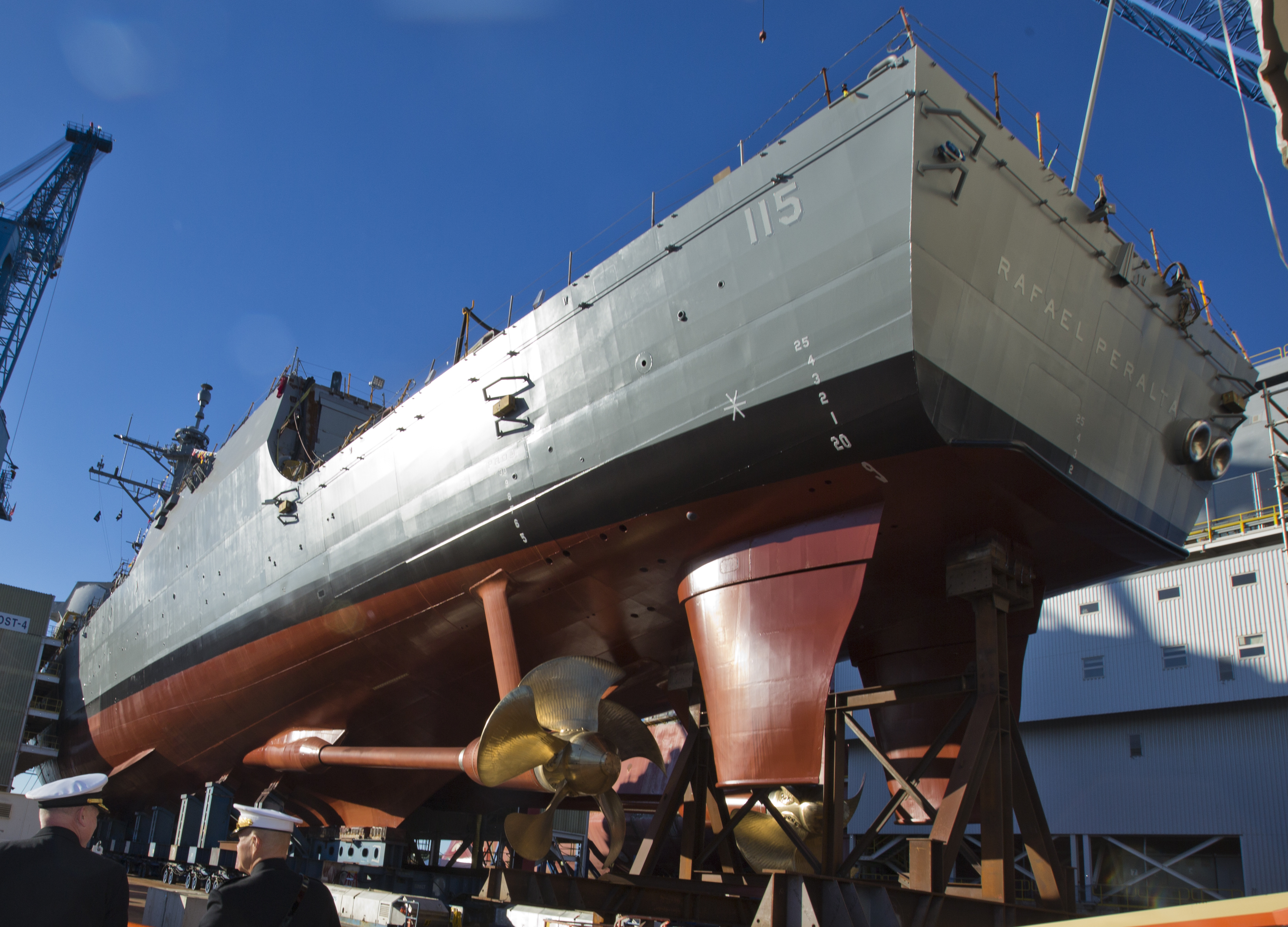
Courtney likened the Virginia-class Block V upgrade to the DDG Flight III upgrade, saying there may be “heartburn” now over the specific plans to introduce the new designs, but ultimately the Navy will end up with much greater capability for the warfighters.
“The Flight III issue is something that I think we’re going to see a lot of back and forth to just how that gets resolved. There’s also some flexibility with the Navy and the yards in terms of how they roll out Flight III” within the multiyear contracts, he said.
“From a long-term standpoint, that’s going to be the best system for the threats that are out there, and I think people are pretty sold on the notion that it really enhances both the safety and effectiveness of the DDGs. It’s like going back to the VPM question, how it gets rolled into an actual final contract and plan is still subject to discussion between Navy and Bath Iron Works and HII, but I think long-term that technology, people understand that’s where the future is.”
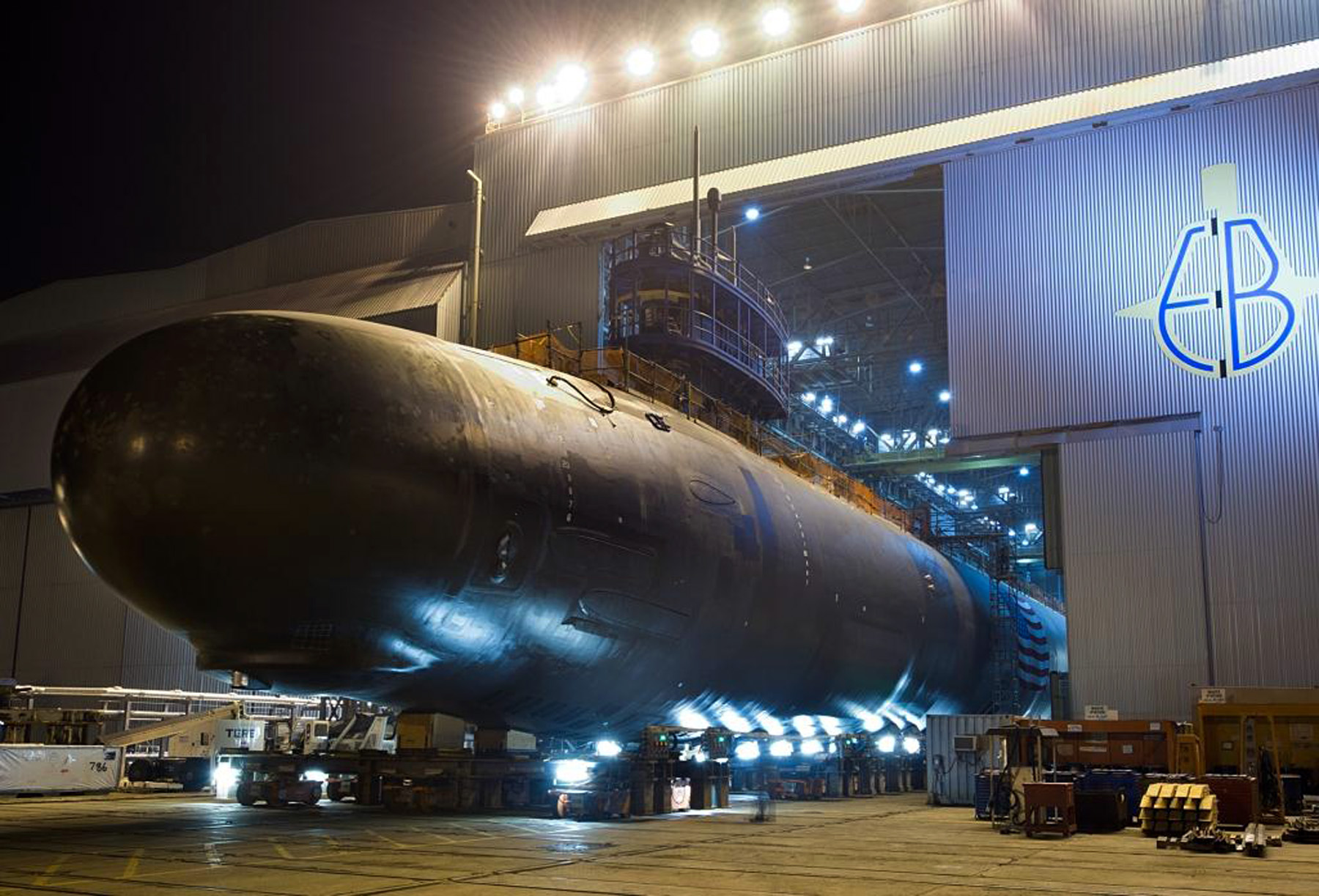
While there isn’t much to do to smooth out the DDG Flight III transition – USNI News understands negotiations between the Navy and Bath Iron Works are still ongoing due to concerns about cost and risk-management – avoiding a delay in VPM introduction could be supported through initiatives to help the submarine builders ramp up their workforce and supply bases. Courtney said the Eastern Connecticut Workforce Board has been running a training program for jobs in advanced manufacturing, which so far boasts a 100-percent hire rate for those who completed the program. Department of Labor funding is set to run out this year, and while Courtney said he worries additional federal funds won’t be available – “I think the Trump budget for DoL is way out of whack, it’s close to a 40 percent cut to the job training programs, and that’s an essential piece of not just maritime but also aerospace production that’s out there right now” – he said industry and private donors have shown an interest in supporting the program, along with the state of Connecticut.
“The demand is so strong in the state right now for advanced manufacturing,” he said.
“I’m actually very bullish on the fact that we’re going to continue with the volume of graduates.”
Additionally, Courtney said the funding tables for the 2018 defense bill would include spending on advance procurement and economic order quantities ahead of the 2019 multiyear contract “to help prime the pump for the block buy contract.”





